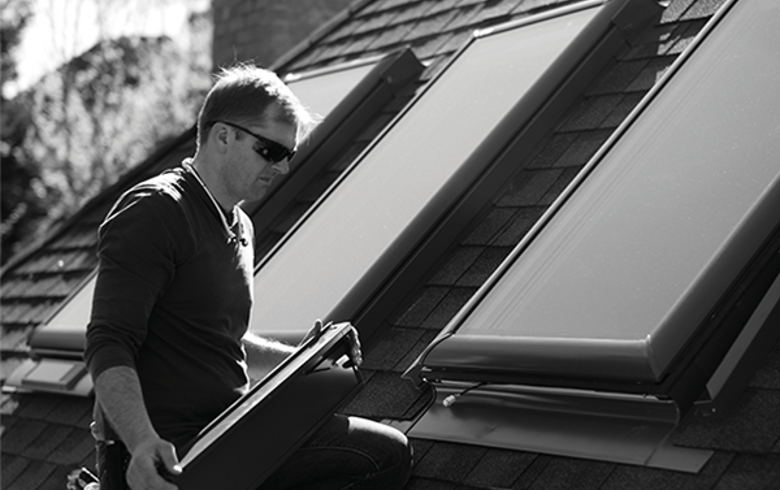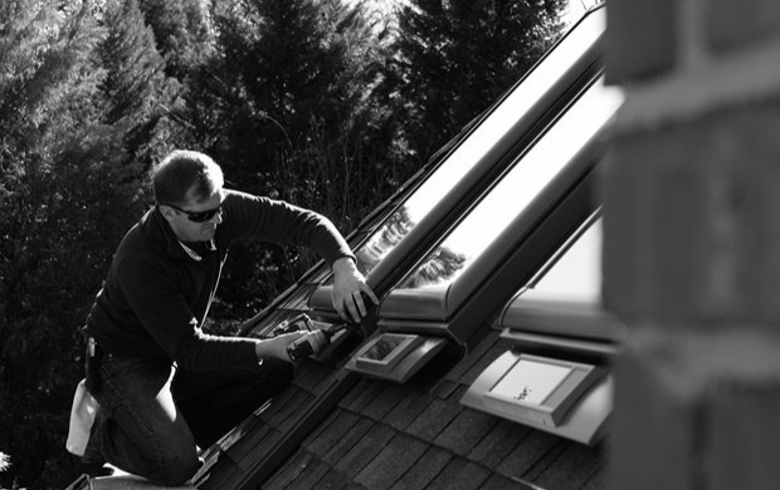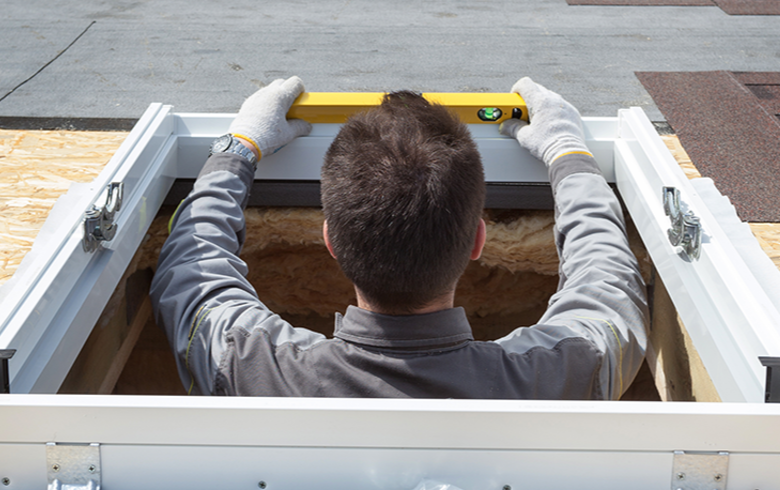Remember when I mentioned that Elon Musk was joining the roofing industry by creating solar-powered shingles?
Well, a lot has developed since then.
A surprising new contender has entered the arena—a startup company called Forward Labs. Designing a solar roof made of metal, Forward Labs and its CEO, Zach Taylor, want to set themselves far apart from good ole Elon and his Solar Roof.
But can they do it, and are we really ready for it?
Instead of shingles...
Forward Labs has cleverly invented a five-layer metal roof that converts sunlight into energy without a bulky look, and it appears easier to install than Tesla's solar shingles.
Raised around the construction industry, CEO Zach Taylor believes his company's method, using a solid metal roof built with solar cells within it, is what the industry needs to break through with solar products. Metal roofs naturally have a good set of features that homeowners like, but with an added element of energy-saving solar power, this might be the ticket to solar roof's future.
For several reasons, metal roofs have come to the forefront of many builders' and roofers' minds:
- Energy Savings: Metal roofs effectively reflect heat during the summer and can insulate homes during winter—all lowering energy bills.
- Handles anything mother nature throws its way: Although much of the roofing industry is driven by weather, metal roofs can help reduce the amount of repair work needed—a plus to remind customers.
- Sun rays: Shingles suffer a lot of damage, brittle and crack, thanks to the sun, causing most roofs to fail. Metal roofs are impervious to this type of damage.
- Wind resistant: 30-year-old metal roofs perform the same under a wind test as do brand new roofs—a feat not other roofing materials can match.
But, are solar-powered metal roofs worth the industry rallying behind quite yet?
When metal meets solar
Using a standard, raised-seam metal roof, Forward Labs has created a five-layer build, including glass, optics, cells, and encapsulate nestled into a metal frame.
- Tempered glass: outer most layer, which adds a durable protection to the roof.
- Optical chromatic cloaking: acts as the layer that provides the color of the roof. Can render the solar roof in any color imaginable.
- Monocrystalline solar cells: the industry's most efficient solar cells—known for long life and high durability.
- Galvanized metal panels: the solar section of the roof is added to roll-formed metal, which eliminates the bulky frame found on conventional panels.
- Concealed racking system: the racking system is kept hidden below the panels so as to create an aesthetically pleasing exterior.
Another added plus for this product is that it is built in a warehouse as one unit, potentially cutting install time in half.
But how much does it cost?
Thankfully, and a great benefit to homeowners, Forward Labs offers a calculate that gives a cost estimate based on location and square footage of the home, and a percentage of solar coverage.
A macro look at the cost of Forward Labs' solar roof is roughly $8.50 a square foot and about $3.25 per watt added to the solar roofing portion. The roof also offers 19 watts/sqft, comes in eight colors, uses a passive venting system, and takes about two to three days to install.
Compared to Tesla's solar roof, which cost $21.85 per square foot and $4.75 per watt, Forward Lab's is significantly cheaper. Plus, Tesla's roof only offers 11 watts/sqft, comes in limited amount of shingle options (some not even available yet), and does not come with a venting system to date—oh, and it takes five to seven days to install.
For Forward Labs, the market couldn't be more in their favor.
What's your reaction?
Like other solar investors, Forward Labs is aware that our industry might be hesitant. But Zach Taylor's focus is on the customer—the more the customer learns, researches, and wants a product, there's really nothing the industry can do to stop them.
And since homeowners are beginning to get rewarded for shifting to solar energy, maybe it's time the industry gets prepared for the inevitable shift in type of roofing.





